Companion planting has long been used by gardeners, who pair specific plants for their mutual benefit. Sometimes it’s about confusing or discouraging pests, other times it’s about attracting beneficial insects to deal with the pests. Here are some companion plantings to try in your edible garden.

Tomatoes and Marigolds
Marigolds aren’t just ornamental, they also chase away destructive root-knot nematodes, microscopic worms in the soil that attack the roots of tomato plants. While you’re at it, add in some basil to this companion planting. It is well behaved and thought to improve the flavor of tomatoes. It can also be harvested simultaneously for salads.
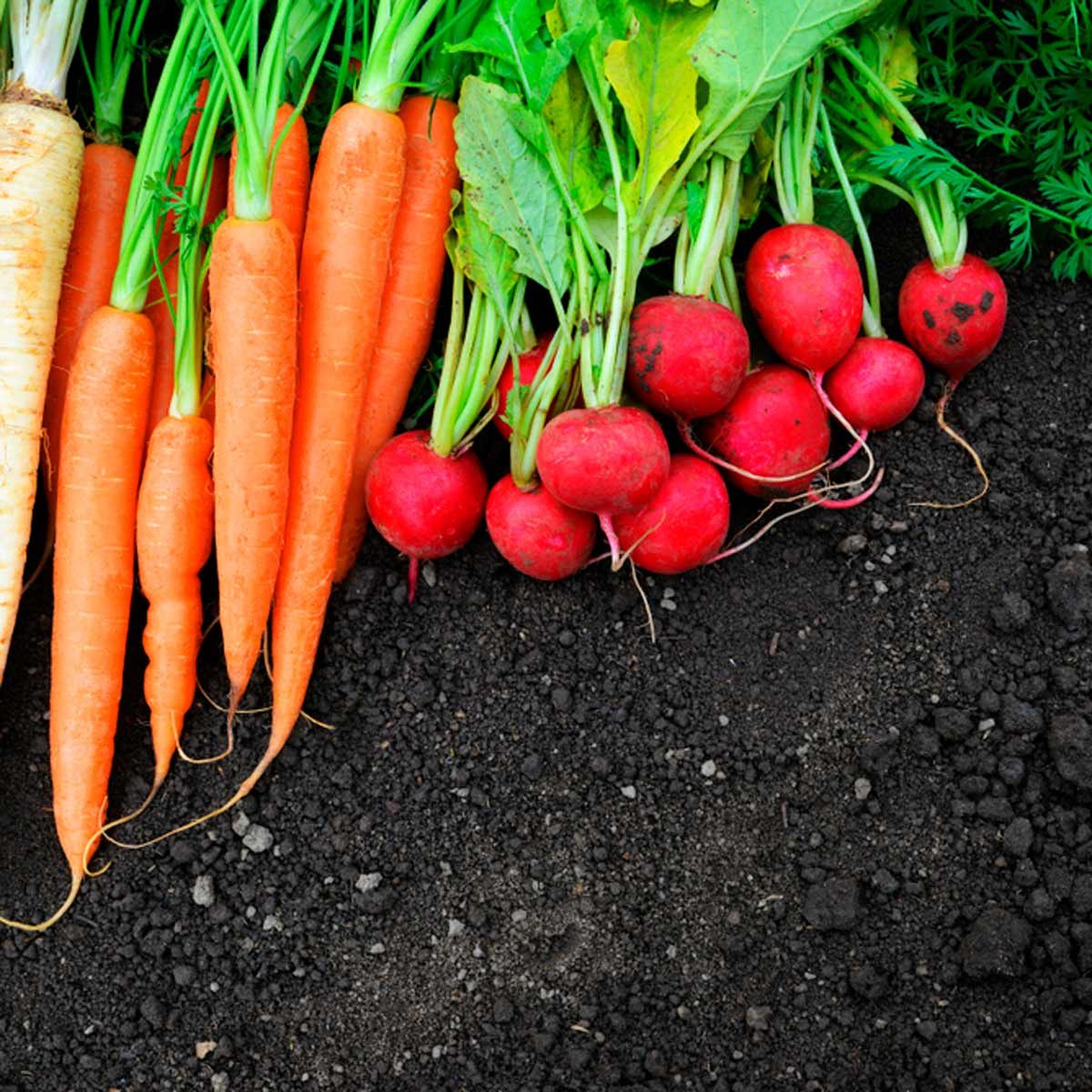
Radishes and Carrots
These two vegetables work well together in a companion planting because they’re on different schedules. Radishes are the hare, going from start to finish in just 25 to 30 days. Carrots are the tortoise, taking 60 to 80 days to mature. Sow the seeds of both of these vegetables together. When you harvest the radishes, it opens up space for the later-maturing carrots.

Lettuce and Basil
This is another pairing that works efficiently because the plants are on different schedules. The cool-season lettuce peters out around the time the basil is ready to soak up the heat of summer.

Green Beans and Corn
These two make a good combination because the beans can climb the cornstalks for support without impeding its growth. Beans also fix their own nitrogen from the atmosphere,meaning they can create their own nitrogen (with the help of soil bacteria) rather than needing nutrients from the soil. The extra nitrogen improves the soil for surrounding plants, in this case nitrogen-hungry corn. Native Americans added a third plant—a sprawling squash vine that shaded out weeds beneath the corn and beans—and called the trio The Three Sisters.
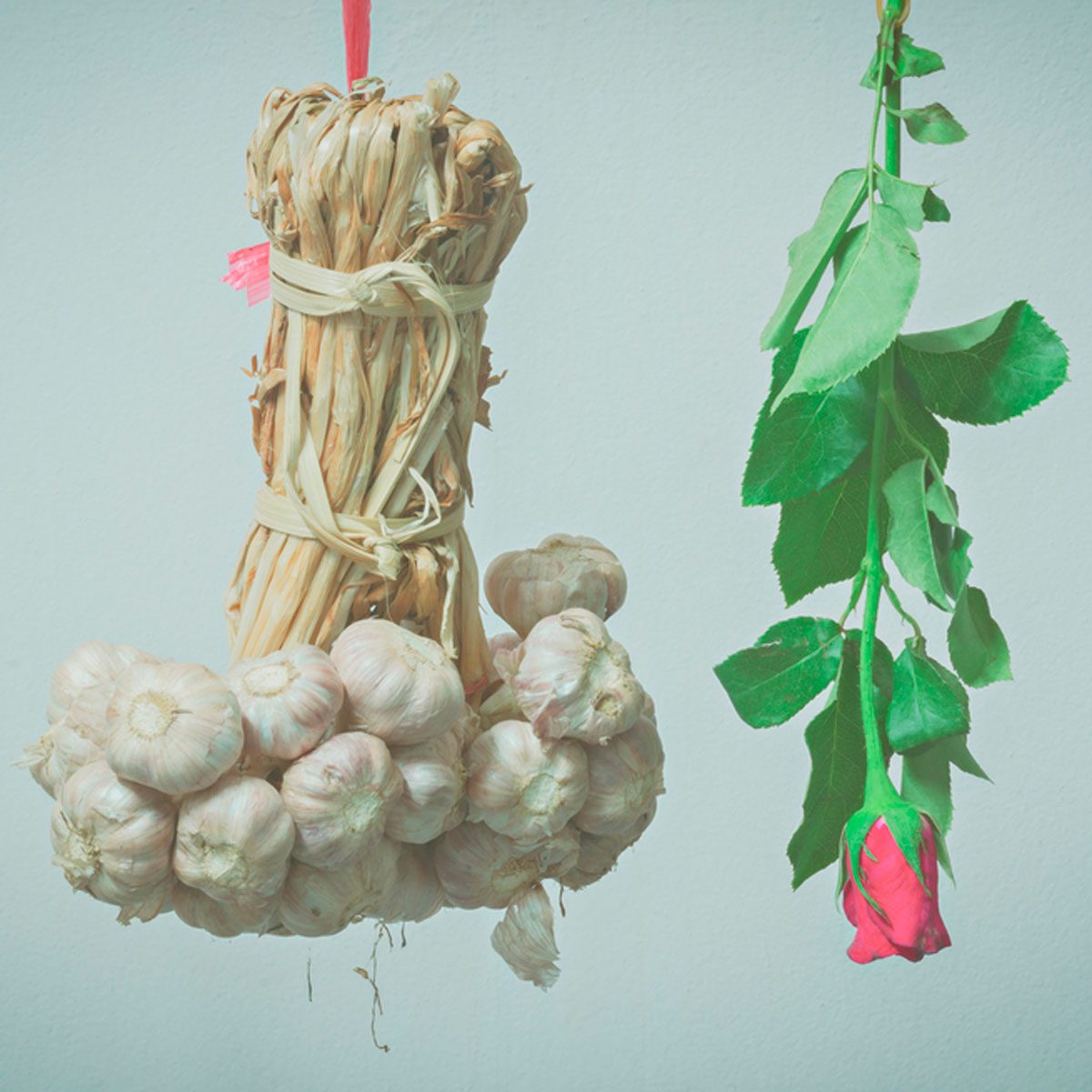
Roses and Garlic
The shorter garlic fills in nicely around the bare stems of rosebushes. More important to the success of this companion planting, garlic is said to chase away aphids, spider mites and most importantly, Japanese beetles.
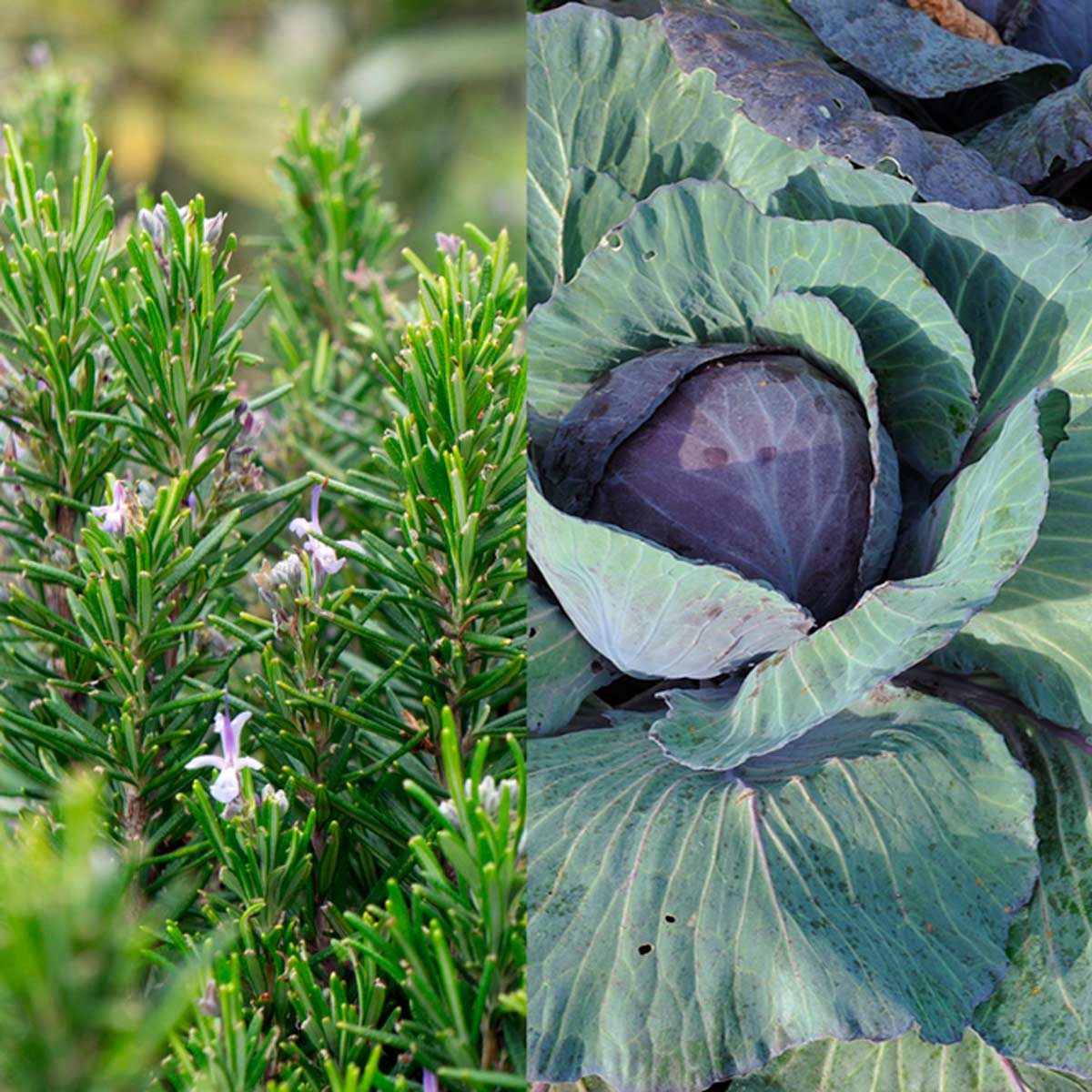
Rosemary and Cabbage
Rosemary is a strong-smelling herb (fortunately, it’s a good aroma!) that may help confuse or distract cabbage moths from cabbage, kale or other cole crops. Sage and mint are also reported to have the ability to ward off cabbage moths. (Mint can be a garden thug, by taking over in a hurry, so plant it in a container and bury the container to keep the roots from spreading.)
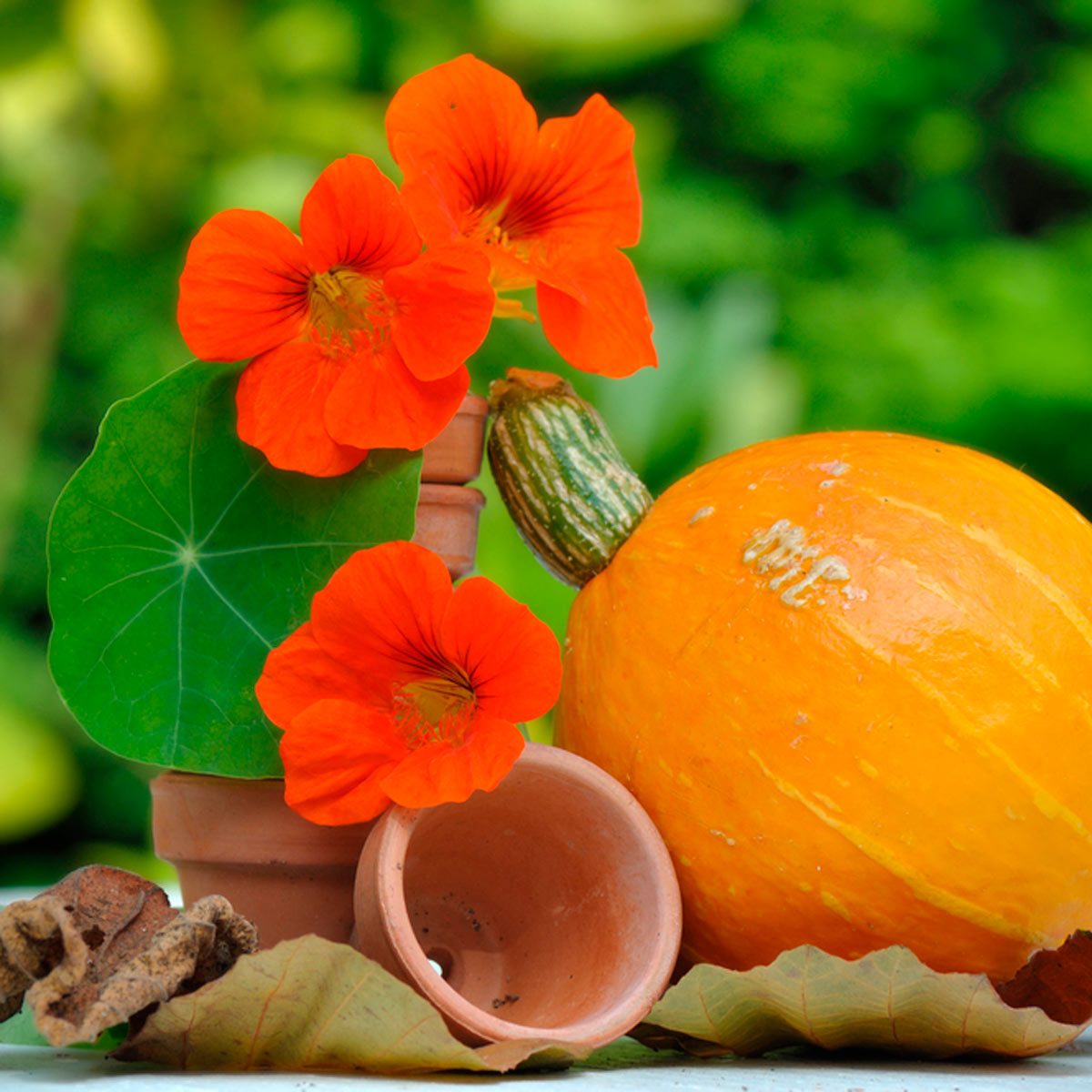
Nasturtium and Squash
Just like marigolds, colorful nasturtiums can bring an ornamental flourish to the garden while doing the heavy lifting on pest control. In this case, nasturtium’s job is to guard against aphids and squash bugs. Bonus: Edible nasturtium flowers can be added as a salad topper.
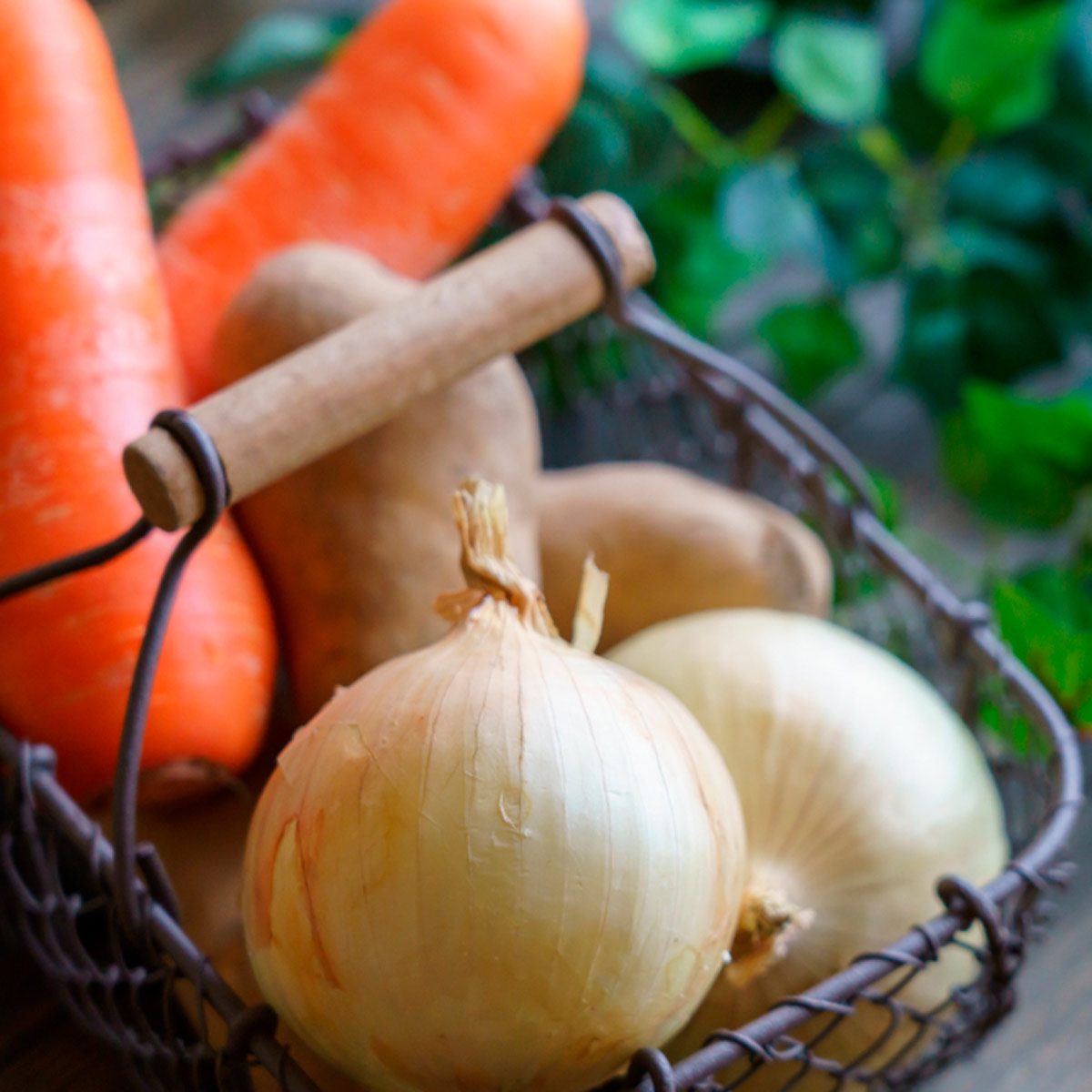
Carrots and Onions
This is another good pairing for a companion planting because the onions repel carrot flies and aphids. Leeks, rosemary and sage are also reputed to turn away carrot flies.
Both carrots and onions grow better in a raised bed full of rich, well-drained soil.
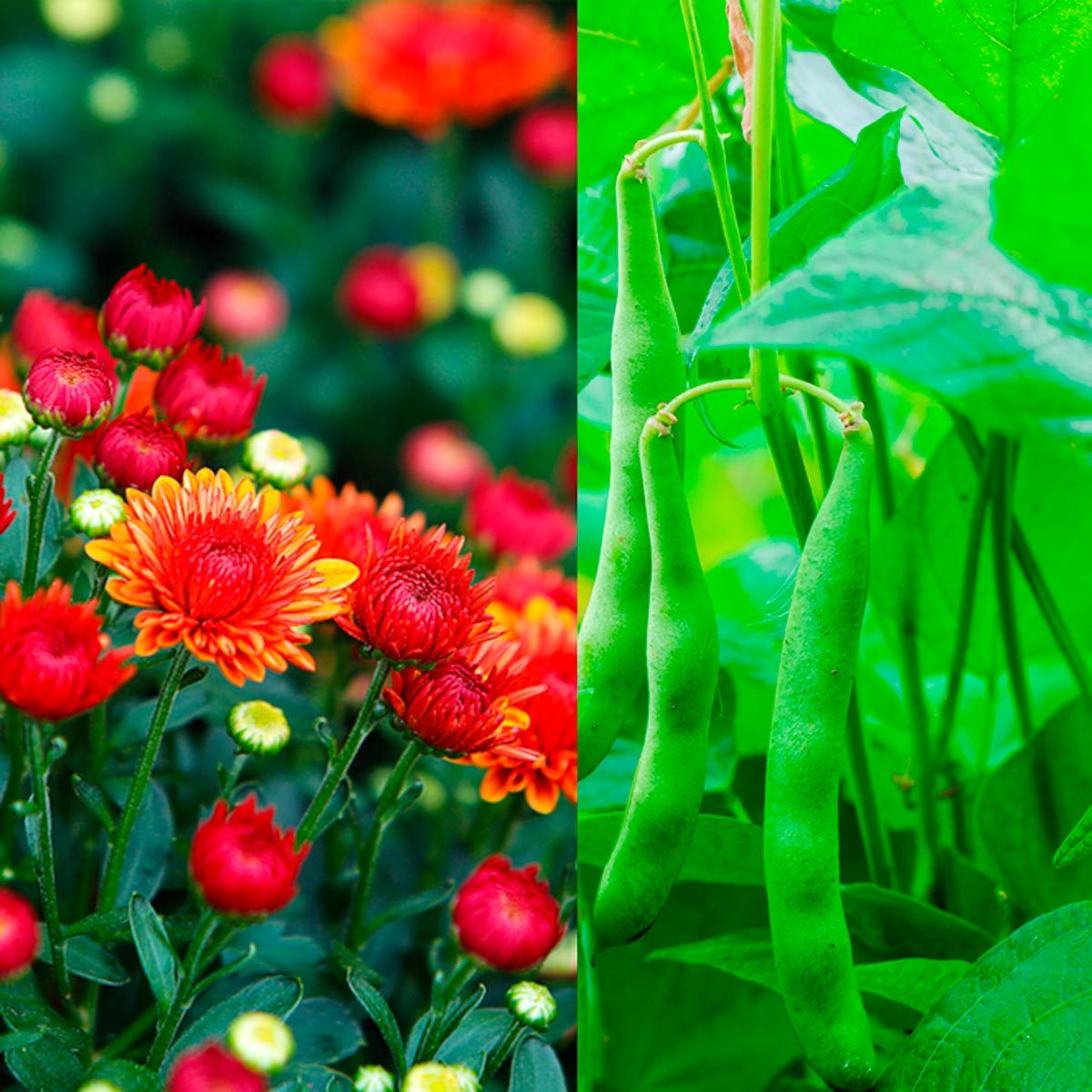
Mums and Beans
Intersperse chrysanthemums among bean plants to deter Mexican bean beetles. At the end of the season, when the beans are done, you’ll have something ornamental to look at. Summer annuals such as cosmos and marigold are also said to be helpful at controlling Mexican bean beetles. These are the 10 worst garden insect pests and how to get rid of them.

Zinnias and Vegetables
When used to rim the outskirts of the garden, tall zinnias block the view of the vegetables, creating a prettier view for people. They also serve as a barrier to deer, who don’t see the vegetables or don’t want to move through the zinnias to get to them. Jerusalem artichoke, cleome and other tall plants can also serve this purpose.


Those are some great ideas for companion planting. I usually run out of steam by the time I get my vegetable planted to add flowers. I’ll have to do better this year!
LikeLiked by 2 people
I am so positive you will Robin….or should I say supergirl!
LikeLiked by 1 person
Not so much a supergirl any more, but the want-to is still there. 😀
LikeLiked by 1 person
I think we are born that way!
LikeLiked by 1 person
I’m trying the three sisters method for the first year. I’m growing bloody butcher’s corn, sweet corn, beans, and zucchini.
LikeLiked by 2 people
I love sweet corn, beans and zucchini! Did you already start these?
LikeLike
Yeah, I’ve started the corn. I’m waiting for the corn to grow then I’m going to sow the beans right next to the corn. Then after the beans start to grow I plan to sow the zucchini next. I’m also growing over 40 varieties of peppers. The heat ranges from sweet to extremely hot.
LikeLiked by 2 people
Wow! That’s a lot of peppers. Wow!
LikeLiked by 1 person
Great post! Reblogging to my readers at sister site Timeless Wisdoms
LikeLiked by 3 people
Thank you Ana!
LikeLike
Thank YOU!
LikeLiked by 1 person
☺️❤️️❤️️
LikeLike
Thank you!!!
LikeLike
Roses and garlic?! This must be Dracula’s garden!
LikeLiked by 3 people
No pretty lady, the Garlic keeps those unwanted pests away from the roses! It really works. I planted the chives and garlic around my roses.
LikeLiked by 1 person
Shows you how much I know about gardening – zilch!
LikeLike
☺️❤️️ did you see the post I just wrote? The top pic is for you ☺️❤️️
LikeLiked by 1 person
I’ll go see!
LikeLiked by 1 person
https://kelleysdiy.com/2019/03/29/easter-baskets-for-grownups-2/
LikeLiked by 1 person
thank you so much!
LikeLike
☺️❤️️
LikeLiked by 1 person
What is it called? I couldn’t find it!
LikeLiked by 1 person
https://kelleysdiy.com/2019/03/29/easter-baskets-for-grownups-2/
LikeLiked by 1 person
Excellent tips! 🙂
LikeLiked by 3 people
❤️️☺️Thank you
LikeLiked by 1 person
☺️❤️️
LikeLike
It is done with fruit trees and grapevines too. Roses are often grown at the ends of rows in vineyards to provide habitat for beneficial insects. Italian cypress attract martens, which chase off birds that would otherwise eat the grapes. Mulberry trees on the outskirts of apricot and prune orchards fed and distracted birds that would otherwise eat the apricots and prunes.
LikeLiked by 4 people
Thank you so much for the wonderful info Tony!
LikeLiked by 1 person
You are welcome, I do not mean to get carried away or be redundant to what you already said.
LikeLiked by 1 person
Hey Tony, no worries! I enjoy all the info. So interesting. I was born in the LA area.
LikeLiked by 1 person
I love this. I will definitely be taking your advice in my garden this year. 🙂
Jan Anderegg
(Author of the Julu series)
LikeLiked by 3 people
Wonderful…Happy Gardening!!🐣🐇
LikeLike
It sounds like you have a plan jan! Have fun with it, you will love the outcome. If you even have a little space, you can grow garlic. Just bury one of the cloves, with the skin peeled out, down about an inch, just enough to cover with soil. Grows in no time! Easy. Great to plant around your roses, etc to keep pests away.
LikeLiked by 1 person
Thank you. I will try that. I have tons of room. We live on an acreage. 😊
LikeLiked by 1 person
Awesome..enough space for raised beds! Great! Let me know what your planting…I would love to see the outcome! Happy Planting!
LikeLike
Hi Kelly, I’m new to your blog, and think I’m going to enjoy following along. We’ve just added four raised vege beds to our back yard so this was an interesting post. Winters on its way now, but come next summer I think I’ll be trying out the three sisters planting. It sounds like a great combination.
LikeLiked by 3 people
That sounds awesome Chris. How long have you been growing in the raised veg beds?
LikeLike
We only erected the beds about a month ago. We’ve almost filled them now with a mix of seeds and seedlings which are all coming along well. We’ve been eating silverbeet and lettuce now for about two weeks. They were planted as seedlings. We have a fourth raised bed too, but that one’s waiting for asparagus crowns to arrive in the nursery. That’ll be around mid winter I think.
LikeLiked by 1 person
Chris, it all sounds so delicious! You are going to love veg gardening. Everything taste better homegrown!
LikeLike
I used to do a bit when my kids were young, , but was always to busy with the commitment of kids to give the garden consistent care. I love my garden.
LikeLike
☺️🐣🐇
LikeLiked by 1 person
Great Post, thanks!
Probate, Estate Planning and Real Estate Attorney in DC & Maryland
LikeLiked by 2 people
❤️️☺️❤️️thank you so much!
LikeLike
This is such a great post. You and your readers may enjoy this post on companion herbs
https://reallifeofanmsw.com/2016/05/29/growing-herbs-in-containers/
LikeLiked by 2 people
I may have to blog one of them. You have some really interesting posts! I like the container gardening. Great for readers with small patios space.☺️❤️️
LikeLiked by 1 person
Thank you, and containers are great for those with small patios and for those with large yards looking to add pops of color. Please fill free to reblog as long as you give reallifeofanmsw.com credit.
LikeLiked by 1 person
Thank you so much for sharing this article.
LikeLike
Thank you so much for sharing!!!
LikeLike
This was a great post! Thanks for reminding me I have to buy my marigolds still! These are all lovely pairings. Great ideas! Cheers.
LikeLiked by 2 people
Thank you very much Karen I’m glad you enjoyed the post. I love to see a picture of your garden when you plan to those marigolds. I hope you have a wonderful day thank you for checking out my blog
LikeLike
Wow…great work..look beautiful and delicious…
LikeLiked by 1 person
Thank you so much joshada!☺️❤️️
LikeLiked by 1 person
Thank you, that’s so helpful! I’m wanting to plant nastursiums in my container beds with vegetables, but know they love poor soil and the soil I have is very rich (Mel’s mix for square foot gardening). Any tips?
LikeLiked by 2 people
Nastursiums are wonderful for the vegetable gardens. I found a great article for you to read :
https://dengarden.com/gardening/Vegetable-Garden-Companion-Plants
LikeLiked by 1 person
Thanks! It’s great! Helpful for companion planting, which I’m doing in my container beds. I’m thinking if I add some stones and swept up dust/dirt to the part where I’m going to plant the nasturtiums it might impoverish the soil a little for them
LikeLiked by 1 person
Do you have any dirt anywhere else? You can dig up some and mix with soil that is already in the garden where you want to plant the Nasturtiums. 🤗❤️️
LikeLiked by 1 person
Yes! I think that’s a good plan 🙂
LikeLiked by 1 person
Mix some of the good with the normal. It will be fine. Just watch the water difference. ❤️️🤗
LikeLike